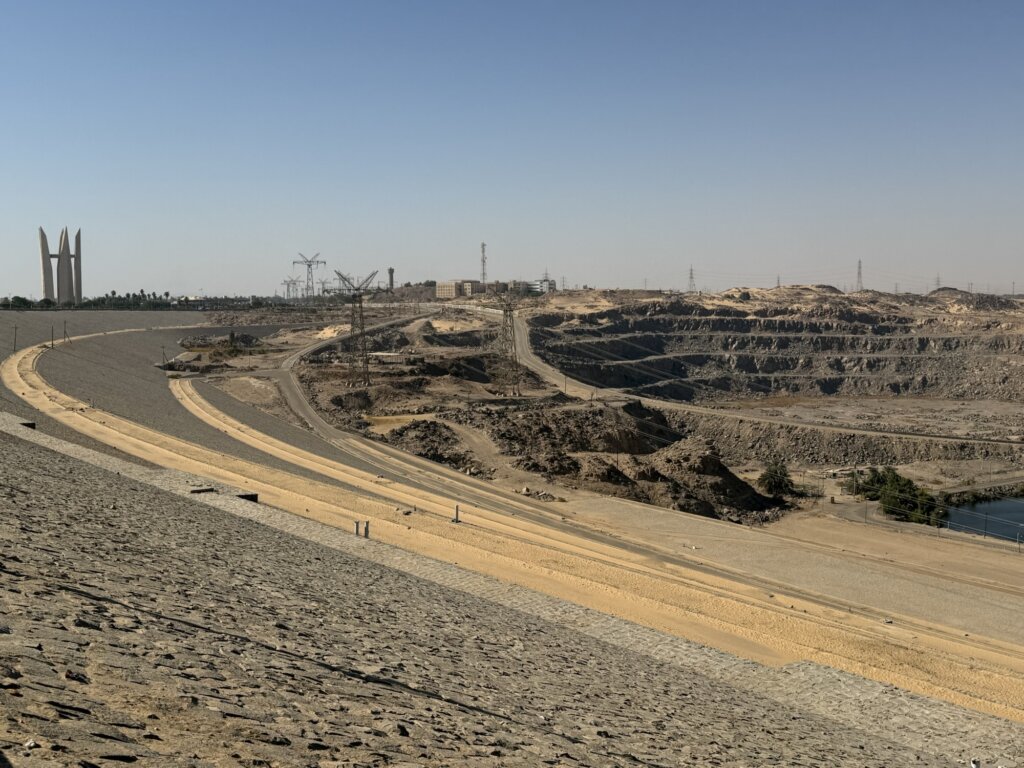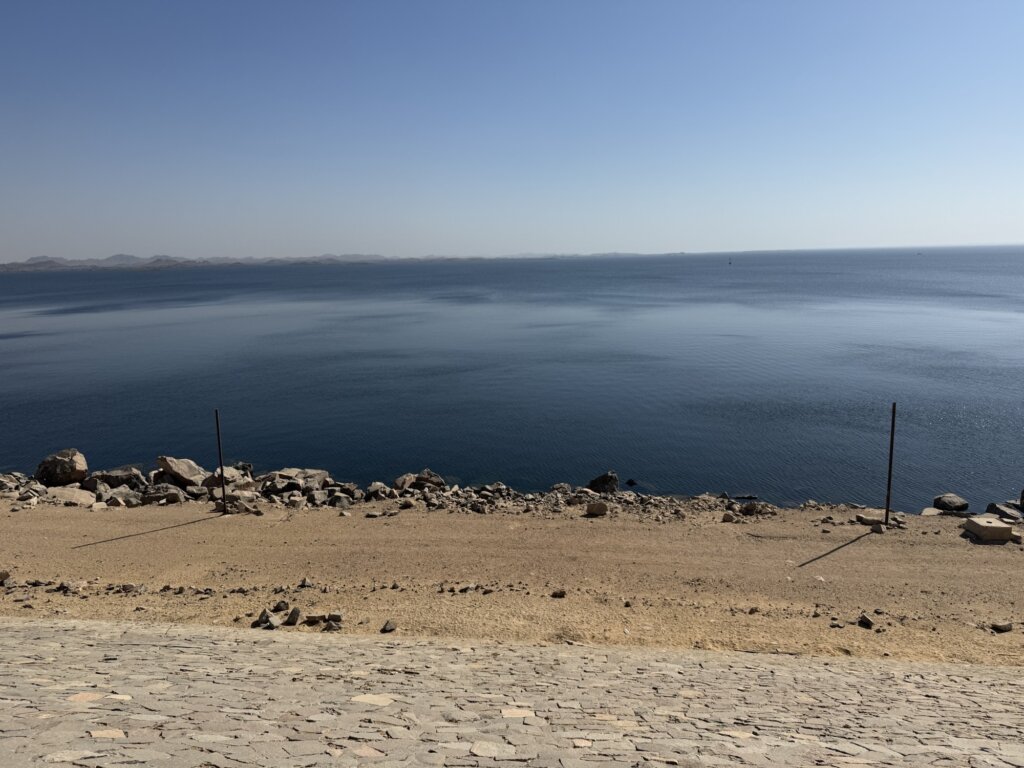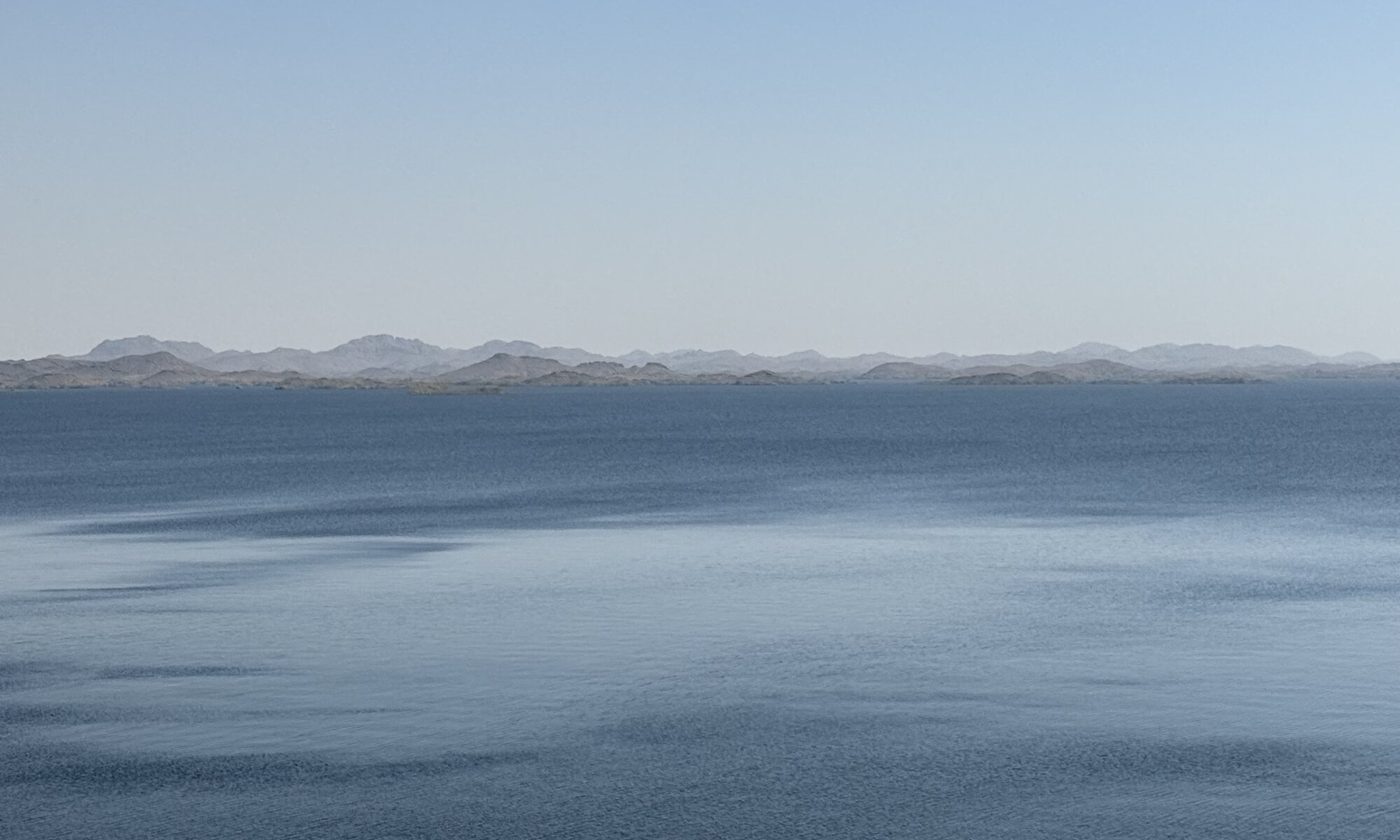Standing across the Nile river in southern Egypt, the High Dam at أسوان represents one of the most ambitious engineering undertakings of the twentieth century. Completed in 1970 after more than a decade of construction, it replaced the earlier Aswan Low Dam built by the British at the turn of the century. Conceived to control the unpredictable flooding of the Nile, the project required immense coordination between Egypt and the Soviet Union, which supplied both technical expertise and financial support. The result was a vast embankment of rock and clay standing over one hundred metres high and stretching nearly four kilometres across the river valley.



The dam’s creation fundamentally reshaped Egypt’s relationship with the Nile. For thousands of years, the country’s agricultural rhythm had depended on the seasonal floodwaters, which deposited fertile silt across the fields. By regulating this flow, the High Dam brought stability – guaranteeing irrigation throughout the year and allowing for the expansion of farmland deep into the desert. At the same time, it gave rise to Lake Nasser, one of the world’s largest artificial reservoirs, whose formation submerged ancient Nubian villages and necessitated the relocation of some of Egypt’s most precious monuments, including the temples of Abu Simbel.
Economically, the High Dam transformed Egypt into a modern hydroelectric powerhouse. The turbines installed within it supplied a significant portion of the nation’s electricity, sparking industrial development and improving living standards across urban and rural regions alike. With reliable irrigation and energy, Egypt could diversify its economy, reduce dependence on the annual flood, and maintain a consistent food supply for its rapidly growing population – a monumental shift from the precarious cycles of antiquity.
Yet the dam’s legacy is not without complexity. The halting of the natural flood curbed the deposition of fertile silt, increasing reliance on chemical fertilisers and altering the ecological balance downstream. The evaporation from Lake Nasser also led to measurable water loss in the arid climate. Nonetheless, for Egypt, the High Dam remains a symbol of modern nation-building – a statement of sovereignty, resilience, and the ability to master the lifeblood of its civilisation after millennia of dependence on the Nile’s capricious moods.
Aswan High Dam
أسوان
Egypt
Loading map...


